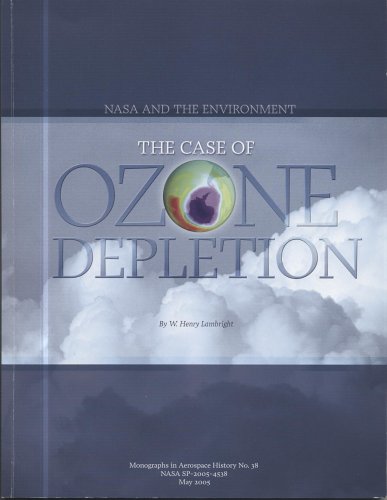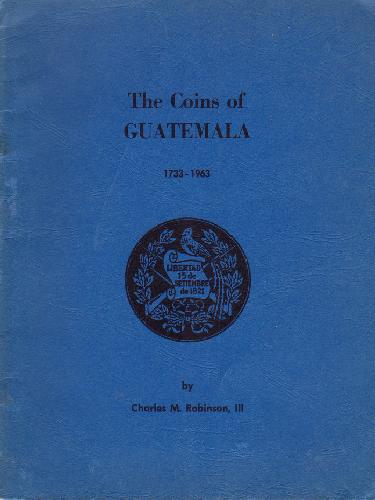- 2 402 202 книги
- Поиск
libcats.org









Transistors
M. E. Levinshtein, G. SiminThis new book by M. Levinshtein and G. Simin tells the readers about the design and work of the most important and interesting semiconductor devices - the transistors. The book is written in a friendly and easy to read manner and is meant primarily for young people, high school students, freshmen and sophomores. However, the original approach to semiconductor physics makes this book attractive to physics teachers and professors as well. The book consists of 3 parts: Part I: the section on semiconductors describes the main properties of semiconductors, explains the difference between the semiconductors, metals and dielectrics. We find here the explanation of the appearance of the properties of semiconductors which underlie their numerous applications. This part also contains a vivid and detailed description of the main types of motion of the charge carriers in semiconductors: thermal motion, motion in the electric field and diffusion. Part II covers barriers and junctions. In order to understand the principles of the work of the most important semiconductor devices, it is not sufficient just to get to know the properties of semiconductors. It is also quite essential to study certain specific and interesting phenomena - the so-called junctions. This part of the book contains a detailed and vivid description of those properties and in that view of the properties of the p-n junctions and diodes: photodiodes, varicaps, light emitting diodes, solar cells and rectifier diodes. Part III covers transistors. It describes the basis of the work of the bipolar and field effect transistors. Without making use of rather complicated equations or notions of quantum mechanics the authors give a clear and simple explanation of the cause of ability of those devices to amplify and generate electric signals. They tell the readers how transistors are manufactured and describe the work of the transistor's simplest circuits. The last chapter of the book is devoted to the ideas underlying the transistors: integrated circuits. It is these integrated circuits which are the foundation of modern electronics: from telephone apparatus to supercomputers, from medical instruments to cosmic communication systems. In conclusion, the authors make an attempt to foresee and imagine, together with the reader what other devices may come to substitute the transistor in the future.
EPUB | FB2 | MOBI | TXT | RTF
* Конвертация файла может нарушить форматирование оригинала. По-возможности скачивайте файл в оригинальном формате.
Популярные книги за неделю:

Проектирование и строительство. Дом, квартира, сад
Автор: Петер Нойферт, Автор: Людвиг Нефф
Размер книги: 20.83 Mb

Система упражнений по развитию способностей человека (Практическое пособие)
Автор: Петров Аркадий НаумовичКатегория: Путь к себе
Размер книги: 818 Kb

Сотворение мира (3-х томник)
Автор: Петров Аркадий НаумовичКатегория: Путь к себе
Размер книги: 817 Kb

Радиолюбительские схемы на ИС типа 555
Автор: Трейстер Р.Категория: Электротехника и связь
Размер книги: 13.64 Mb
Только что пользователи скачали эти книги:

The Art of Woodworking Encyclopedia of wood
Автор: Time-Life BooksКатегория: Engineering, The Art of Woodworking
Размер книги: 25.50 Mb

Radar Technology Encyclopedia
Автор: David K. Barton, Автор: David K. Barton, Автор: Sergey A. LeonovКатегория: Electronics
Размер книги: 9.31 Mb

NASA and the Environment: The Case of Ozone Depletion
Автор: W. Henry Lambright
Размер книги: 2.16 Mb

A Catalogue of The Coins of Guatemala, 1733 - 1963 / Каталог монет..
Автор: Charles M. Robinson, Автор: IIIКатегория: Нумизматика, каталоги
Размер книги: 13.48 Mb

Das Vogelbuch von Conrad Gessner (1516-1565)
Автор: Katharina B. Springer, Автор: Ragnar K. Kinzelbach
Размер книги: 9.95 Mb





